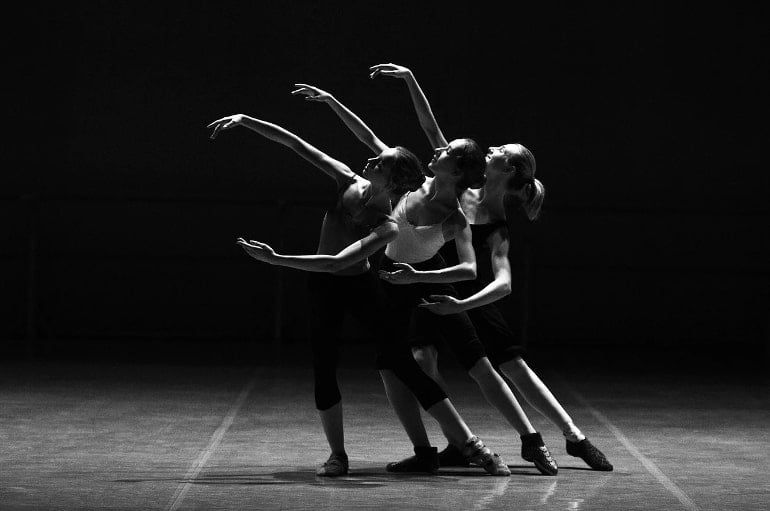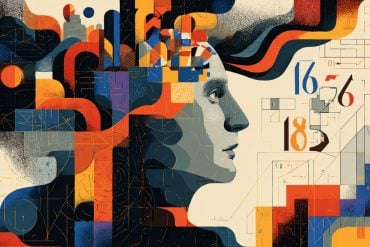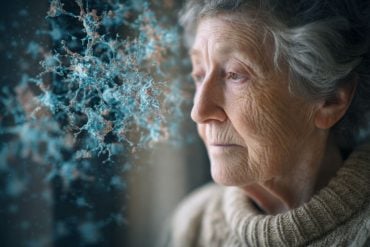Summary: Numerous studies have found dancing can help promote improved mental health and overall wellbeing, regardless of a person’s age. Researchers explore why some people are “born to dance”.
Source: The Conversation
Whatever our age, dancing can have a hugely beneficial effect on our physical and mental wellbeing. It can help us to maintain or build muscle tone, flexibility and stamina, while also releasing endorphins which can ease symptoms of stress and anxiety.
Some people, however, appear to have a natural talent which allows them to pick up dance steps with apparent ease, while others find moving gracefully difficult.
It is often thought that some people are “born to dance”, while others have “two left feet” – but in fact, a combination of real-life experience and science shows us that almost anyone can learn to dance well with the right training.
It starts at only a few months old, when babies are able recognise the beat of a piece of music and can move along to the rhythm. In fact, we aren’t the only species to respond rhythmically to music – parrots and one species of elephant can too.
Studying our fleet-footed feathered friends may help to reveal more of how dance has evolved, and why it may simply be down to social bonding and assessing potential mates.
But being born with the ability to respond to music is far from the whole story, and many other factors determine what enables some people to progress to be professional dancers while others shuffle awkwardly at the school disco.
The first important factor is the physical traits of a dancer. They tend to have small feet – two shoe sizes smaller than average – and be slightly taller than average, by one or two centimetres.
Genetic factors that promote social communication by changing the levels of chemicals in our brain are more common in professional dancers, giving them an enhanced ability to express emotion through dance.
The amazing benefits of dance training
But even if we lack the genetic and physical traits of the professionals, we can still progress through hard work. To dance requires the integration of music, movement, and spatial awareness, all of which are controlled by the brain. It is here that we see the remarkable effects of years of training encoded.
Dance training induces subtle changes in the brain. This occurs by a process known as plasticity, where the brain adapts in response to experiences. Dancing can increase plasticity throughout the brain, even in the elderly.
When we dance, the premotor cortex and supplementary motor area, which sit near the front of our brain, link our memories of previous actions through training with our spatial awareness. Signals travel to the primary motor cortex, which relays these instructions to the muscles via our spinal cord and the dance begins.
The more often we complete this task, the easier it becomes for our body to do so without conscious effort. This is the neural basis of muscle memory, which we hear professional dancers talk about.
Meanwhile, at the back of our brain, our cerebellum receives important information, including messages from our auditory and visual systems. And an area called the anterior vermis helps to synchronise our dance steps to music.
The cerebellum also regulates balance and coordination and receives information from the vestibular organs, which tell us we feel dizzy. Interestingly, the area that receives vestibular input is much smaller in classical ballet dancers. Through plasticity, their training de-couples the input that could cause dizziness from the feeling of dizziness, leading to beautiful pirouettes and fantastic turns. Here, training is more important than genetics.

Dedication and training can help dancers to refine and develop their art, suggesting that all of us can become better dancers.
It is a worthwhile pursuit, as dance has many benefits. Argentine tango training can improve gait and posture in Parkinson’s disease patients, while life-long dancing reduces our risk of developing dementia.
Thanks to the plasticity of the brain, even non hearing dancers can learn to dance to an extraordinary level, illustrating the inclusivity of dance and its ability to bring people together.
Using mirrors and following visual cues such as copying teachers’ moves allows deaf dancers to acquire the physical movements of dance.
To achieve their hugely impressive timing to music, non hearing dancers report using vibrations to follow the beat of the music. Their brains have adaptations in an area called the auditory cortex, which is activated in response to vibrations instead of sound – another example of plasticity. With the arrival of hearing-impaired dance troupes such as DMD, who integrate elements of sign language into their performances, dance accessibility can only continue to grow.
Although some brains are wired to dance thanks to differences in the genes contributing to emotion and communication, we can all re-wire our brains to be better dancers while enjoying the many health and social benefits that dance can bring.
Gayle Doherty is affiliated with Dance St Andrews Community Interest Company. This is not-for-profit organisation that promotes wellbeing through dance across the lifespan.
About this neuroscience and dance research news
Author: Gayle Doherty
Source: The Conversation
Contact: Gayle Doherty – The Conversation
Image: The image is in the public domain






